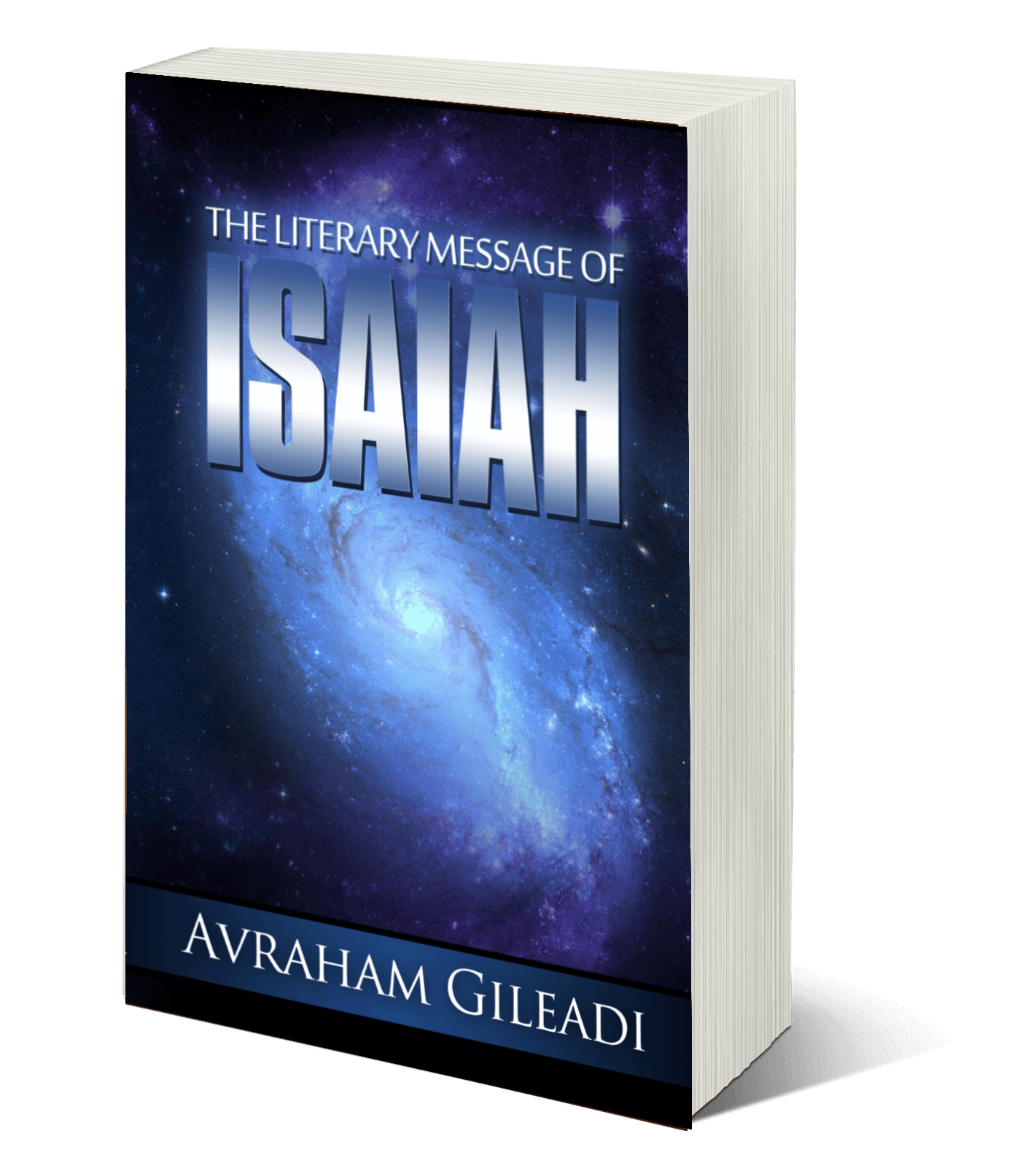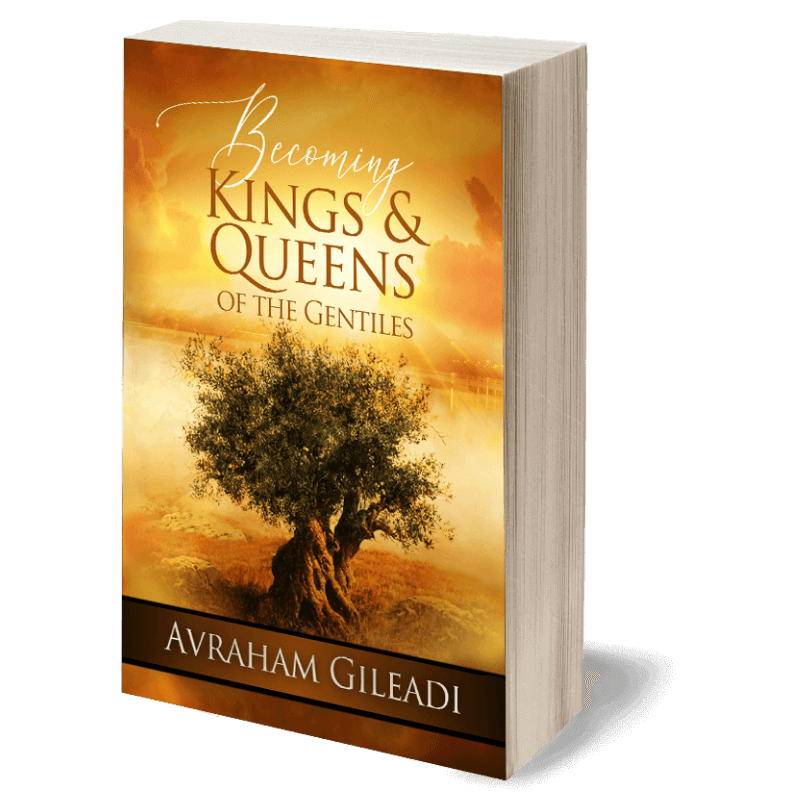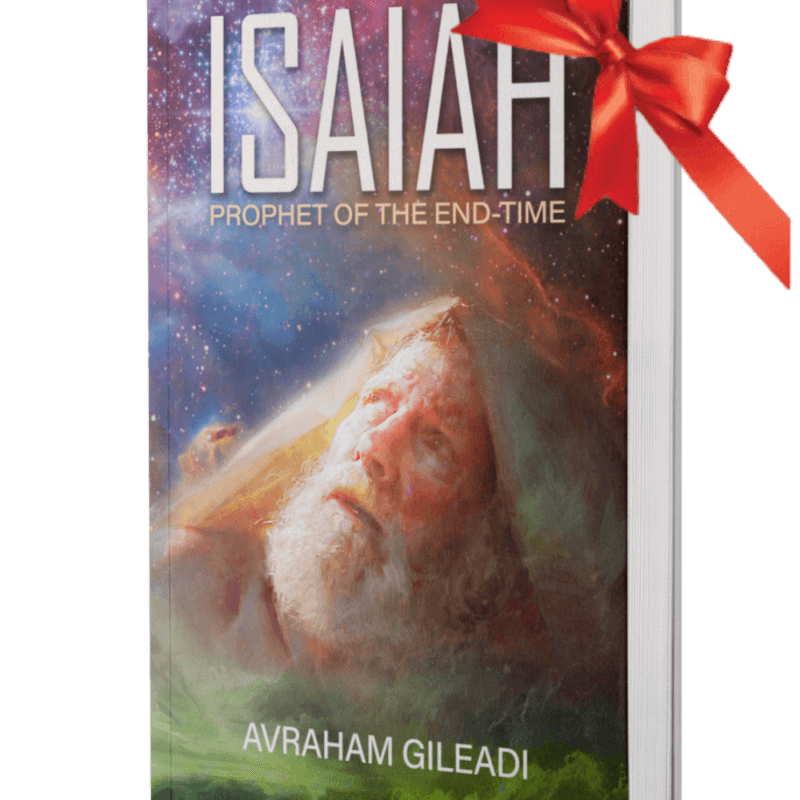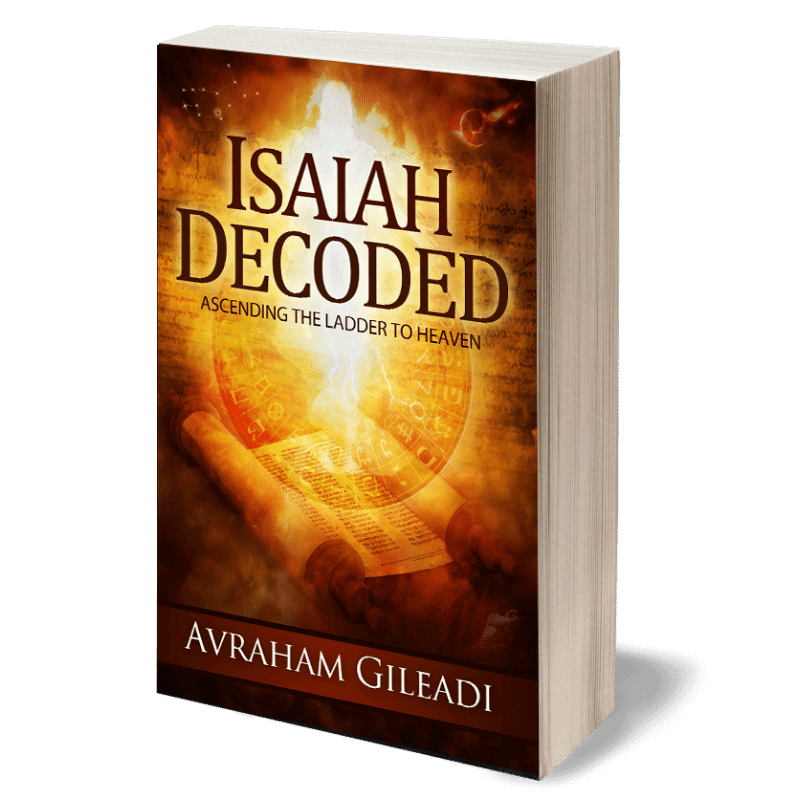Testimonial: “Dr. Gileadi has achieved a major breakthrough in the investigation of a book of such complexity and importance as the Book of Isaiah”—Professor David Noel Freedman, University of Michigan, Ann Arbor.
Testimonial: “Dr. Gileadi’s work will render obsolete almost all the speculations of Isaiah scholars over the last one hundred years, enabling scholarship to proceed along an entirely new line”—Professor Roland K. Harrison, Wycliffe College, Toronto School of Theology.







Reviews
There are no reviews yet.